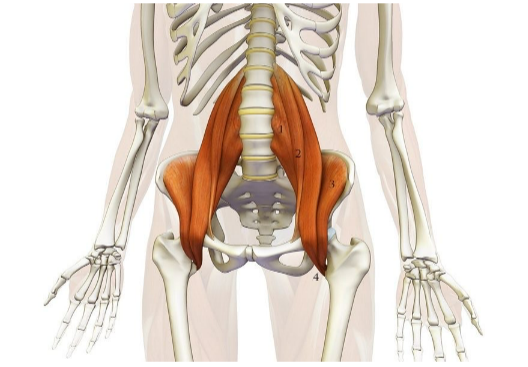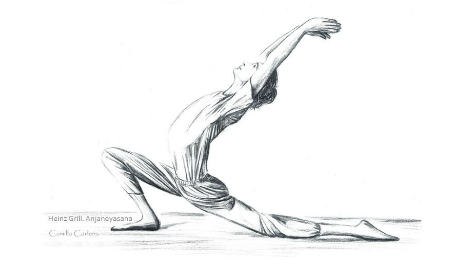Have you heard of something called the soul muscle? Thousands of years of ancient knowledge say the answer to this question is ‘yes’. Body and mind are an inseparable whole. What happens in one affects the other. Emotions are not just in our heads. In fact, they are felt in the body. Every emotion has a reflection in the body. The muscle that internalizes this reflection is the Psoas muscle.
The Psoas muscle is the only muscle that connects the spine to the legs. In general, it is the deepest muscle of the human body. You have one on each side of your spine. Its primary task is to bring the thigh closer to the trunk. It helps balance all abdominal muscles and waist smoothness.

It is said that the Psoas muscle, which provides the balance of the abdominal muscles and the smoothness of the waist, contracts by feeling moments of fear and stress. In addition, inactivity, poor posture, tight clothing, and high heels are also said to lead to the shortening of the Psoas muscle in the long run. What happens when our psoas muscle shortens, how do we know it? When the muscle shortens, a postural defect, also known as lordosis, occurs, and the lumbar arch increases. We become more anxious, and tense. As a result of increased stress
and tension, if we constantly contract the Psoas, the muscle will shorten and cause negative side effects such as; low back pain, sciatica, disc problems, scoliosis (curvature of the spine), hip degeneration, menstrual pain, infertility, and digestive problems.
The Psoas muscle is in communication with almost all structures in the abdominal region due to its location. On the upper side, it is associated with the diaphragm, our respiratory muscle. It is connected to our pelvic floor muscles by a membrane called fascia (a layer of connective tissue, primarily collagen, located under the skin that connects, stabilizes, surrounds, and separates muscles and other internal organs). The diaphragm is also connected to the brain stem through the fascia, where breathing and fear reflexes are located and vital impulses are controlled. Fear is such an emotion that it can appear in the most unlikely of ways and “lock” itself in the body. This results in physical and emotional tension. In Psoas muscle tension, the sympathetic nervous system, which is the “fight-flight” system, is activated and the body goes into alarm. Heart rate and breathing speed up. However, it is possible to alleviate this tension by balancing the Psoas muscle. By relaxing our psoas muscle and giving it balance, we can get rid of these effects of stress on our body. In particular, according to ancient knowledge, some yoga postures really relax our psoas muscles.

If you are experiencing any of these health problems or want to reduce your stress and avoid stress, try these yoga positions that help you open the Psoas:
Conscious Savasana – Lie down and surrender to gravity.
Anjaneyasana (Low Lunge) and Crescent position (High Lunge)
Pigeon position
Sitting cross-legged
Tadasana (Mountain position)
Vrksasana (Tree position)
Melis GENCE


